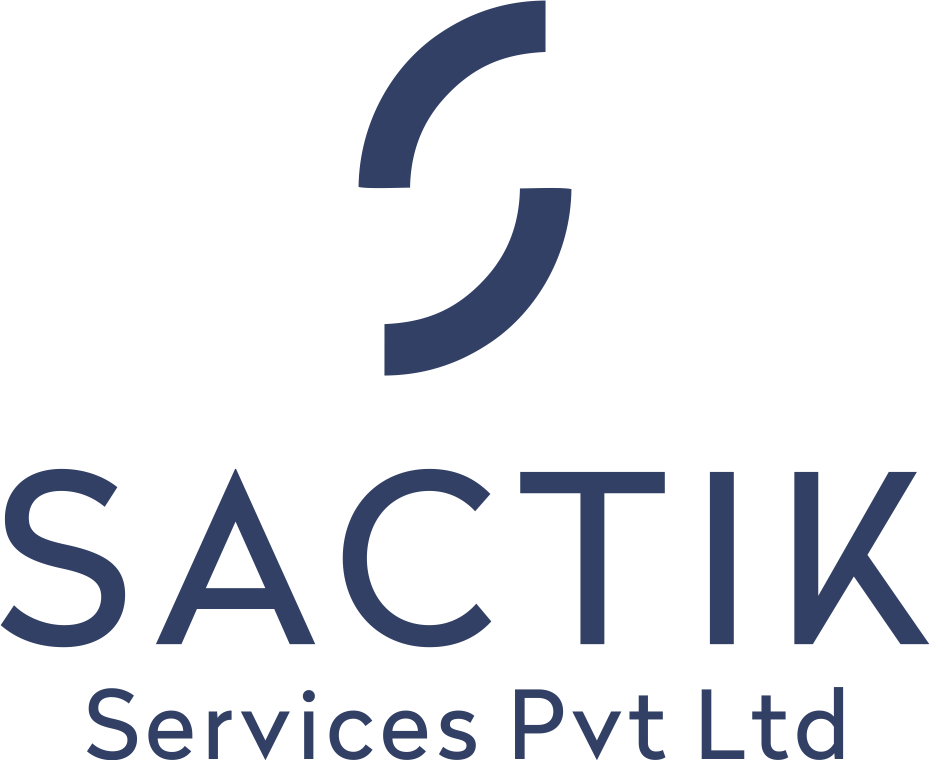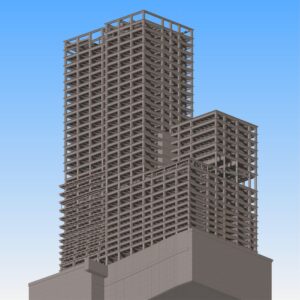The construction industry is experiencing a paradigm shift in project management and design coordination, thanks to the adoption of MEP BIM coordination services. This digital technology has drastically revolutionized the construction landscape by fostering seamless collaboration, enhancing efficiency, and ultimately improving project outcomes. Let’s delve into some of the essential benefits that have the potential to transform construction projects and pave the way for success.
Understanding the Benefits of MEP BIM Coordination Services:
1. Enhanced Collaboration Across Disciplines:
MEP BIM Coordination creates a central digital model accessible to architects, engineers, and contractors. This platform fosters seamless collaboration by allowing them to share expertise and ideas directly within the model. It eliminates the traditional separation between disciplines, promoting a unified approach to project delivery.
2. Improved Communication for All Stakeholders:
Shared models and coordinated workflows in MEP BIM Coordination streamline communication. Stakeholders can exchange information efficiently through real-time updates within the software. This reduces miscommunication and allows for faster, more informed decision-making.
3. Integrated Design for Fewer Conflicts:
Previously, separate teams for mechanical, electrical, and plumbing systems worked independently, leading to clashes during construction. MEP BIM Coordination integrates these systems within a virtual model. This allows for early identification and resolution of conflicts, avoiding costly rework and project delays.
4. Early Clash Detection and Resolution:
MEP BIM Coordination utilizes advanced software to pinpoint potential clashes between different building systems during the design phase. This proactive approach allows contractors to address these issues before construction begins, preventing costly errors on-site.
5. Reduced Rework and Lower Costs:
Identifying and resolving clashes early minimizes the need for rework during construction. By visualizing clashes in the virtual model, contractors can effectively modify designs and coordinate solutions. This proactive approach reduces on-site modifications and saves time, resources, and money.
6. Optimized Resource Allocation:
MEP BIM Coordination allows for better resource allocation through proactive design and construction coordination. Early clash detection and clash-free designs enable contractors to make informed decisions regarding materials, equipment, and labor. This minimizes waste and maximizes efficiency, leading to significant cost savings.
7. Faster Project Delivery Through Streamlined Processes:
The improved collaboration and communication facilitated by MEP BIM Coordination directly contributes to faster project completion. By eliminating delays caused by design clashes and miscommunication, contractors can adhere to tight schedules and meet deadlines more precisely.
8. Minimized Delays and Streamlined Construction:
The precision and accuracy achieved through MEP BIM coordination services significantly reduces delays and bottlenecks during construction. With clash-free designs and coordinated systems, contractors encounter fewer disruptions and can proceed with construction smoothly. This optimized workflow minimizes interruptions and reduces the risk of costly delays.
9. Predictable Completion and On-Time Project Delivery:
A key advantage of MEP BIM Coordination is the ability to meet strict project schedules with greater predictability. By enabling efficient coordination and minimizing rework, contractors can adhere to tight deadlines without sacrificing quality. This increased predictability and on-time project delivery enhance the reputation and success rate of contractors.
10. Ensuring Design Accuracy with Virtual Modeling:
MEP BIM Coordination allows contractors to achieve precise and error-free designs through virtual modeling. By creating digital representations of building systems, contractors can proactively identify and rectify design inconsistencies and conflicts before construction begins. The high level of accuracy achieved through virtual modeling translates into superior construction quality.
11. Minimizing Design Errors Through Clash Detection:
Design inconsistencies and conflicts are frequent challenges in construction projects. However, MEP BIM Coordination mitigates these issues by allowing contractors to visualize design clashes within a virtual environment. This proactive approach allows for necessary modifications to be made upfront, ensuring that each building system integrates seamlessly with the overall design.
12. Enhanced Building Performance with Coordinated Systems:
The coordinated systems enabled by MEP BIM Coordination contribute to a higher quality of construction. By ensuring that all building systems work together harmoniously, contractors can eliminate potential flaws and improve overall performance. This coordinated approach leads to a more functional, efficient, and durable finished facility.
13. Mitigating Project Risks Through Proactive Coordination:
Effective coordination, a core principle of MEP BIM Coordination, helps contractors proactively manage project risks. By identifying and resolving potential clashes, conflicts, and sources of errors early in the design phase, contractors can anticipate and prevent problems before they occur. This proactive approach minimizes the chances of costly disruptions and ensures a smoother construction process.
14. Avoiding Budget Overruns with Organized Planning:
Organized coordination facilitated by MEP BIM Coordination allows contractors to avoid budget overruns. By minimizing rework, reducing delays, and optimizing resource allocation, contractors can adhere to project budgets more effectively. Additionally, the accurate cost estimation made possible by MEP BIM Coordination mitigates financial risks and helps ensure project profitability.
15. Optimized Material and Equipment Selection Through Informed Decisions:
Improved coordination through MEP BIM Coordination facilitates optimized material and equipment selection. Contractors can assess the specific requirements of each building system and make informed decisions regarding materials and equipment. This optimized selection process improves cost-effectiveness, enhances system performance, and minimizes waste.
16. Maximizing Resource Efficiency Through Streamlined Workflows:
MEP BIM Coordination maximizes resource utilization by streamlining construction processes. Through efficient coordination, contractors can allocate labor, materials, and equipment optimally. This advanced resource management minimizes waste, reduces overall project expenses, and maximizes efficiency.
17. Designing Sustainable MEP Systems with Coordinated Approach:
MEP BIM Coordination promotes the design of sustainable MEP systems, contributing to environmental responsibility. By integrating sustainability principles into the coordination process, contractors can optimize energy consumption, minimize waste generation, and reduce the overall carbon footprint of the project. The ability to visualize and optimize the performance of MEP systems through BIM ensures the creation of energy-efficient and environmentally friendly buildings.
18. Optimized Building Energy Performance Through Design Analysis:
The coordinated designs facilitated by MEP BIM Coordination result in optimized energy performance for buildings. By utilizing virtual modeling and simulation tools, contractors can assess the energy consumption of different building systems and make informed design decisions. This focus on energy efficiency ensures that buildings are designed to maximize operational efficiency and reduce long-term energy costs.
19. Reduced Environmental Impact Through Sustainable Practices
MEP BIM Coordination has a significant positive impact on reducing the environmental footprint of construction projects. Through efficient coordination and streamlined construction processes, waste and pollution can be minimized. Additionally, the ability to make informed decisions regarding materials, equipment, and energy consumption throughout the project lifecycle ensures that the construction is executed with minimal harm to the environment.
Conclusion
In conclusion, MEP BIM coordination services offer a compelling value proposition for construction projects of all sizes and complexities. By leveraging the power of digital collaboration and virtual modeling, contractors can achieve significant improvements in project delivery, communication, and overall building performance. From enhanced clash detection and reduced rework to optimized resource allocation and streamlined construction workflows, MEP BIM coordination empowers contractors to deliver high-quality projects on time and within budget.
Ready to unlock the potential of MEP BIM coordination for your next construction project? Contact us today to learn more about our comprehensive BIM services and how we can help you achieve exceptional results.










